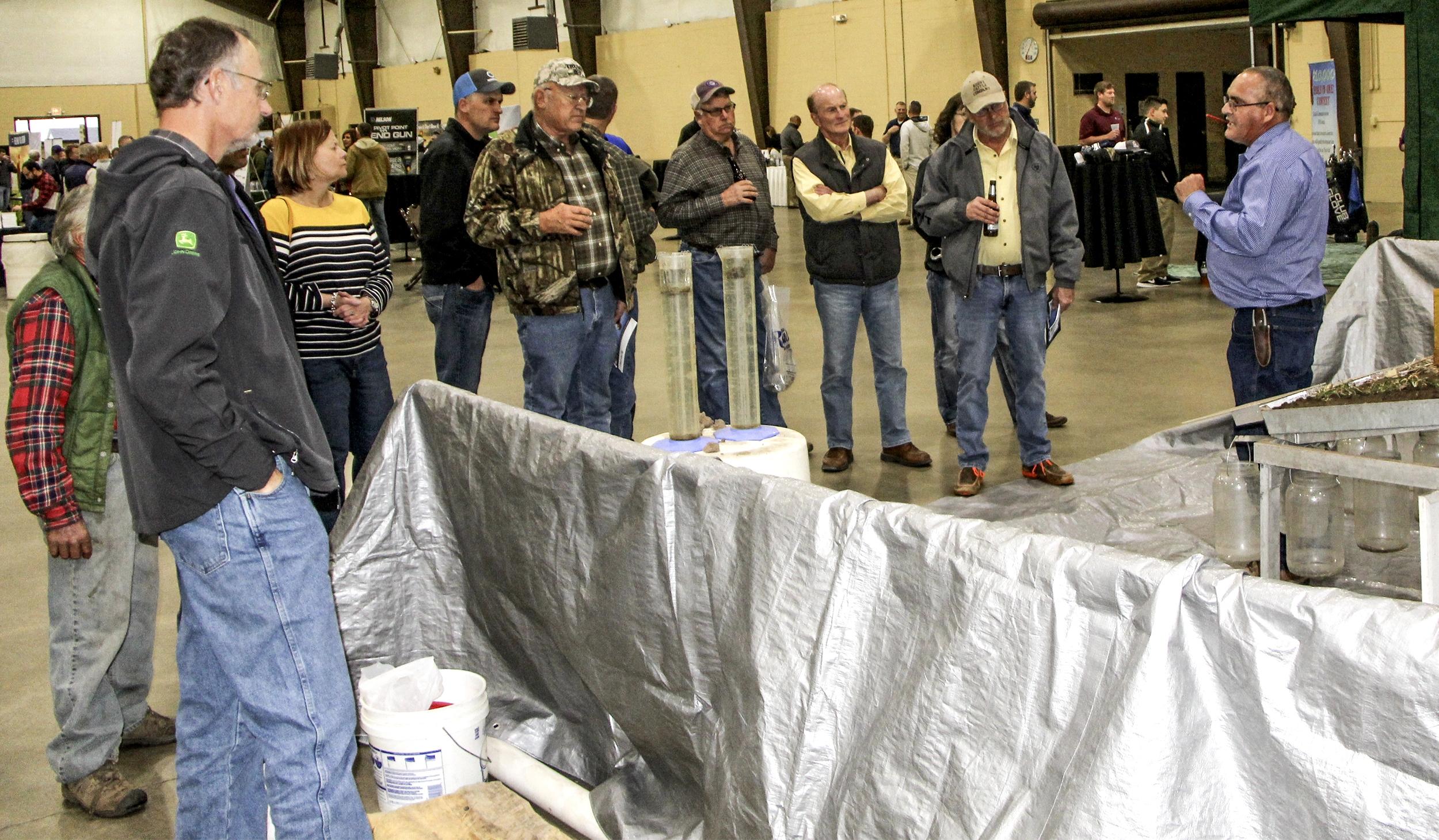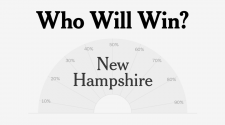It’s a primary element of life that is often taken for granted. But for farmers in Kansas, water and water usage have become a hot topic that will impact their financial status.
The issue is simple. Farmers draw water out of the ground for crop production. Water is being pumped out of underground aquifers faster than it’s being replenished. The Ogallala Aquifer is the source of ground water in the area.
State and federal government agencies have mandates they have to follow concerning water usage.
Farmers are facing the fact that they may have to reduce their water usage in an effort to prevent draining the aquifers. How can farmers and state and federal agencies work together to find solutions to water usage that will preserve water for now and the future without becoming an economic drain on agriculture?
At the Winter Water Technology Expo in Garden City on Jan. 9, Stephen Lauer, a graduate student at Kansas State University working on his doctorate in sociology, conducted research to find out the attitudes toward groundwater management. A survey of 1,226 producers was taken across the Ogallala region including 279 in Kansas with a focus on a diversity of farm sizes and types. There were 41 Kansas producers interviewed and a case study was made of the Wichita County Water Conservation area with a focus on how voluntary group conservation works.
Why do farmers need to conserve water? The answer is simple, but crucial.
“We are running out of water,” Lauer said.
This presents a challenge for the Kansas agriculture economy and rural communities.
He found two major issues in groundwater management. Voluntary group efforts are effective at conserving groundwater and should be supported. Technology is most effective when implemented alongside a local commitment to conservation.
Lauer developed five recommendations for voluntary group efforts: Divers stakeholder representation; an early focus on team building; hire an outside facilitator; frequent and respectful community outreach; partner with state and local government.
Knowing the problem is one thing, but coming up with an answer is another.
“There are no easy solutions,” said Lauer, as he addressed a group of producers, businessmen and legislators at the Winter Water Technology Exposition at the Finney County Fairgrounds on Jan. 9.
Lauer’s research was aimed at finding out what producers were doing about water conservation. Among his results were: 95% of producers support groundwater conservation. Motivations for conservation include: 84% agree its securing a way of life for future generations; 68% agree it supports local communities; 72% agree it’s important in preparing for droughts.
Many producers are already working to conserve water but feel they have reached their limit. Some 72% of producers feel they are already conserving as much water as they possibly can.
Volunteer efforts to reduce water usage have opportunities to grow, Lauer said.
There are more ways to save water out there. Producers in Local Enhanced Management Areas and Water Conservation Areas are finding ways to conserve water, and so are producers. One producer at the meeting said they discovered they could save water by applying fertilizer by air and not running it through the irrigation system. Another producer found it wasn’t necessary to pre-irrigate before planting.
Technology also has a crucial role in solving the water usage issue, Lauer said.
Economics is also crucial in farmers surviving and in conservation. If conservation can make farming profitable, then almost everyone will get on board, said one producer.
Some 89% in the survey said they are open to the possibility that voluntary group efforts can solve problems; 79% said they personally might have something worthwhile to contribute; but only 4% are currently involved in organizing voluntary group efforts. The two main reasons given for not being part of a group effort are lots of time and effort are required to organize the group and there are no easy answers, Lauer said.
The ultimate goal in this process is wise use of water now so it will be available for generations to come.
“I want to be able to say to my kids, ‘Yep. We worked hard to save the water here so that we know we have a way of life that we can sustain for years to come,’ ” said a member of the Wichita WAC Team.
Finney County Commissioner Lon Pishny said there is definitely water conservation taking place and there are concerns about the water supply for the next generation. He said government should act as a facilitator and not create mandates. Water is one of two issues he hears above all others, including taxes. State agencies need to approach farmers with ways they can be profitable, so they will not be defensive, Pishny said.
Earl Lewis, acting director for the Kansas Water Office, said his agency is involved in not only research and regulations, but developing tools for working with the public. There needs to be more communication and more innovation to solve these issues. There is some skepticism among farmers but with education it goes away, Lewis said.
Kansas Agriculture Secretary Mike Beam said Finney County producers are working to conserve water. About 25% of the water rights owners have voluntarily entered agreements to conserve water.
Beam said the most exciting thing he was seeing was the development of technology that allows producers to more precise in their water usage. The Kansas Water Office and Division of water resources are cooperating on this problem Water Technology farms have been established to continue technology development.
While there is more work to be done to improve water issues, Beam said he remains optimistic here will be more interest in conserving water and with more knowledge, more understanding and more technology, the better the future for the Ogallala Aquifer and Kansas water.
“We have an adequate frame work in place to get the job done,” Beam said.
The Winter Water Technology Expo featured a variety of vendors representing various aspects of agriculture, brewery products, live entertainment, buffet and even a golf virtual-reality simulator where golfers, both experienced and brand new, could take a shot at making a hole-in-one and a chance to win $10,000.
















